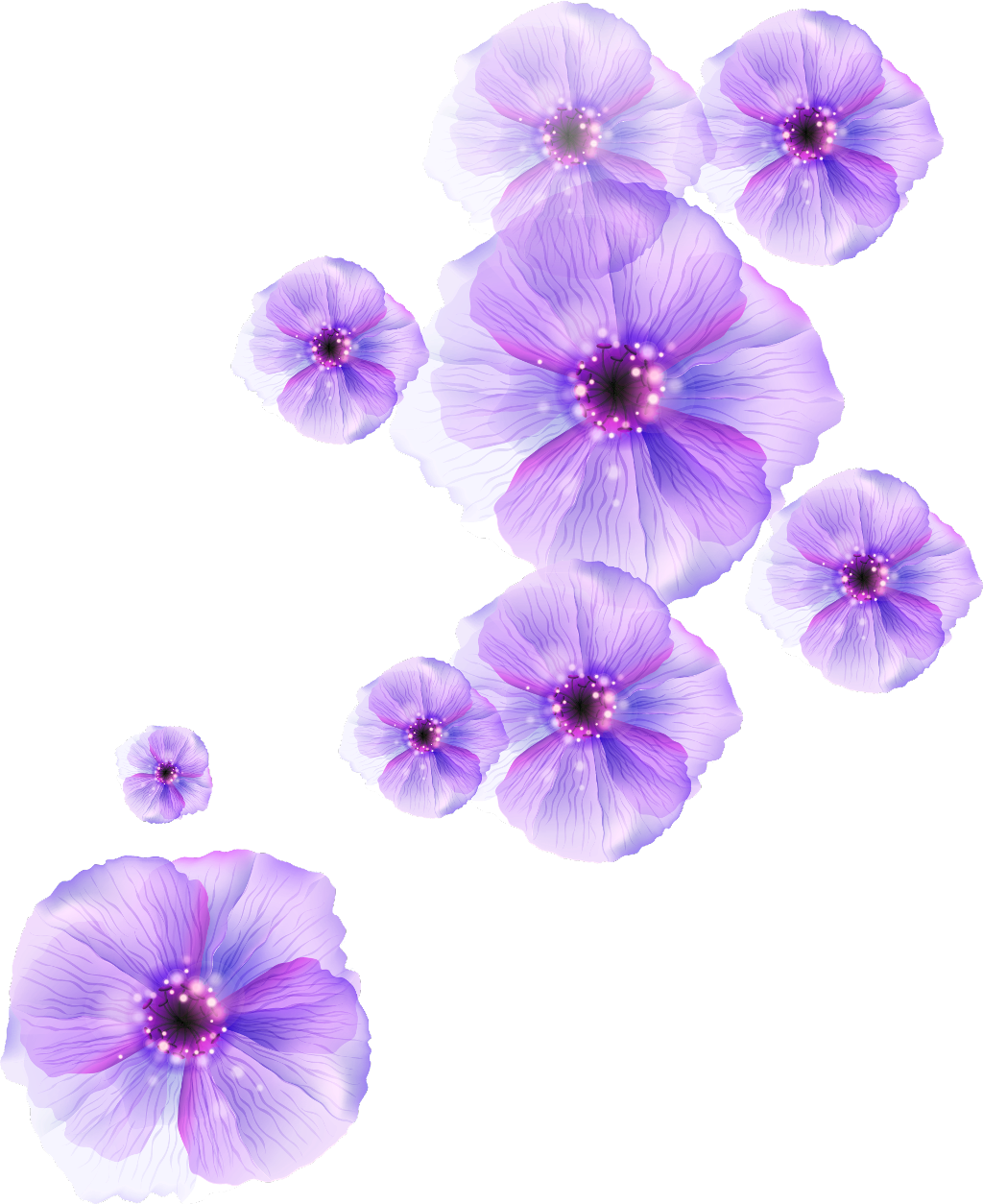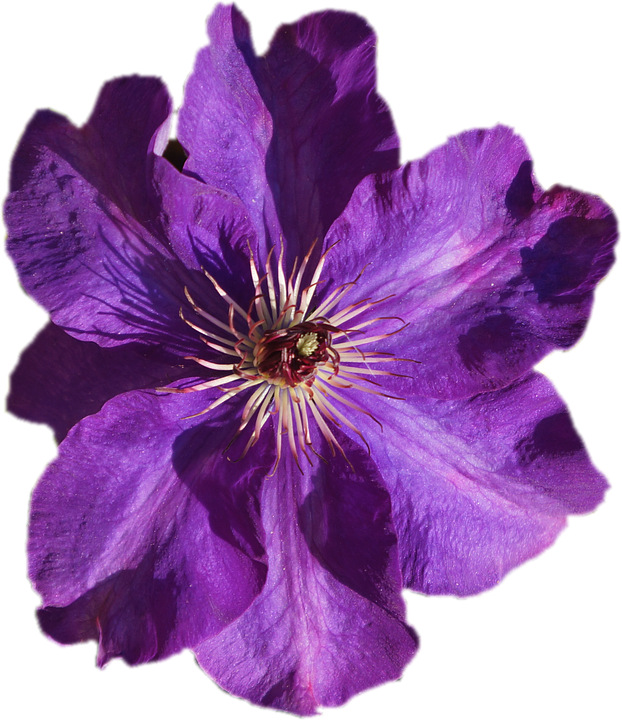

And for the young Deepthi, it never occurred to her at the time that an official card sent by the president would show the wrong flower.īut it wasn’t just the presidential greeting cards. This particular flower had just been declared a few months prior as the national flower of Sri Lanka. Presidents past and present have occasionally responded in kind, and in Deepthi’s case, she received a card back with a picture of violet-colored water lilies.

Jayewardene, for Vesak, the holiest day in the Buddhist calendar.
Several eye-catching candidates have been proposed, including the pink-and-crimson Vesak orchid (Dendrobium maccarthiae), binara (Exacum trinervium), and ma rath mal (Rhododendron arboreum zeylanicum).ĬOLOMBO - As a school student in Sri Lanka in 1986, Deepthi Yakandawala sent a greeting card to the country’s president, J.R. A 2017 study shows the blue and violet lilies are naturally hybridizing, further complicating efforts to disentangle the two, and prompting calls to select a new national flower. Presidential greeting cards, postage stamps and school textbooks are among the official publications that propagated the mistaken identity, despite consensus from the scientific community on what the true species is, and despite later government efforts to correct the mistake. In 1986, Sri Lanka named a native blue water lily, known locally as nil manel, as its national flower, but a mistake in the official declaration meant an introduced species, violet in color and known as dam manel, has since been widely promoted as the national flower.






 0 kommentar(er)
0 kommentar(er)
